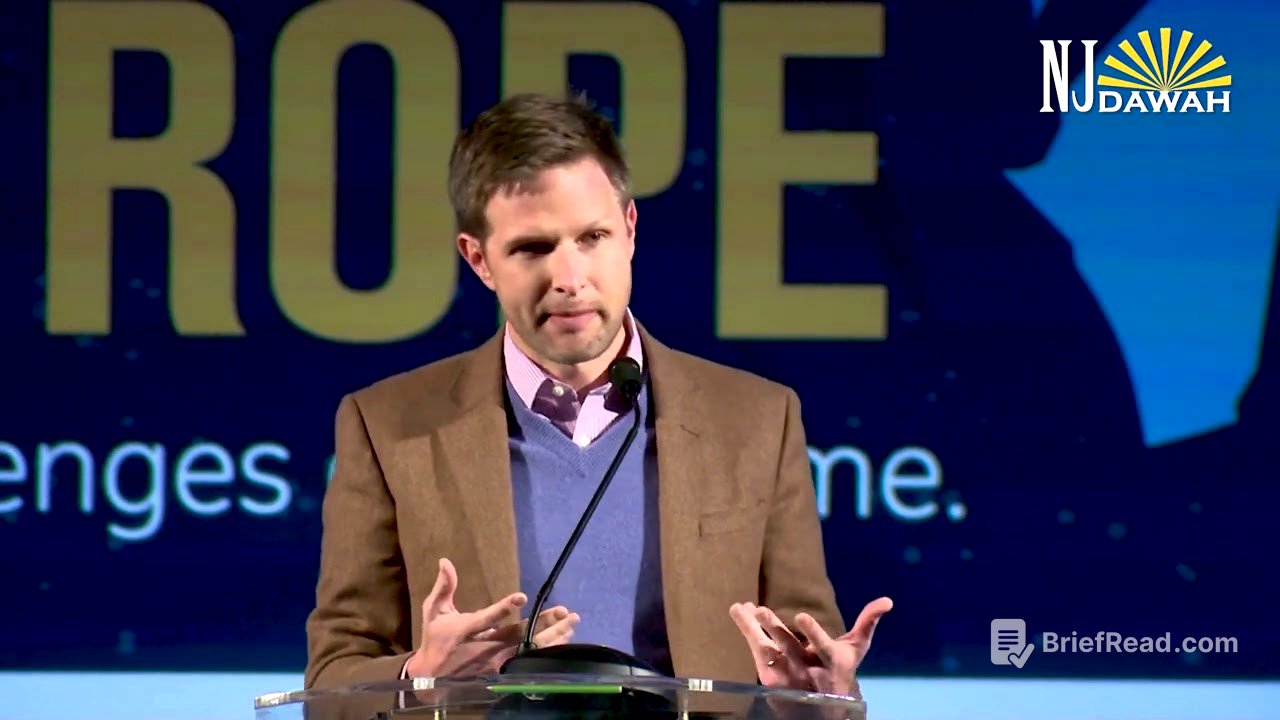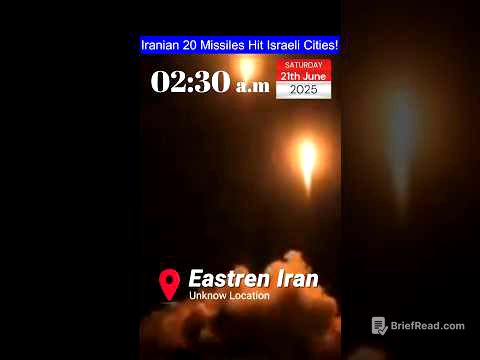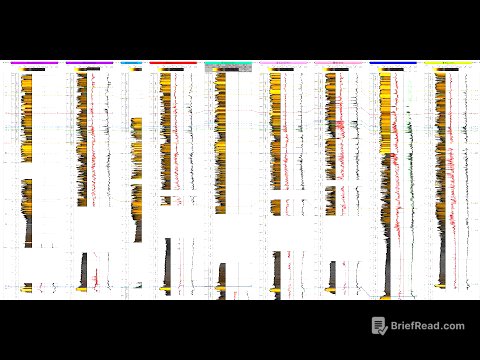TLDR;
This talk explores the concept of the Prophet Muhammad's legacy, challenging the notion of a single, definitive record of his words and actions. It highlights the importance of understanding the Sunnah through multiple avenues: hadith collections, established principles, and the lived tradition of the Muslim community. The discussion addresses scepticism towards hadiths, particularly from Western scholars, and offers reasons for confidence in the overall authenticity of the Islamic tradition, citing internal consistency, archaic language within hadiths, and corroborating evidence from non-Muslim sources.
- The Sunnah should be understood through multiple avenues, not just hadith.
- The Islamic tradition contains material that is clearly extremely archaic.
- Non-Muslim sources corroborate key aspects of the Islamic tradition.
Introduction: Understanding the Prophet's Legacy [0:20]
The speaker begins by expressing his honour to address the audience and reflects on the panel's title, suggesting it reveals a potential misunderstanding of how the Prophet's legacy is perceived. He aims to clarify the multifaceted nature of this legacy and how it should be correctly understood.
The Gettysburg Address Analogy: Exact Words vs. Core Meaning [0:49]
Using the Gettysburg Address as an analogy, the speaker illustrates that even well-known historical texts have variations. Abraham Lincoln wrote four drafts of the address, each with slight differences in wording. This example serves to highlight that the essence and impact of a message can remain consistent despite minor textual variations. Similarly, the speaker suggests that the Prophet's sayings (hadith) should not be viewed as a single, unalterable record.
Hadith Variations and Transmission [2:28]
The speaker addresses the reliability of hadith collections like Bukhari and Muslim, noting that even within these authoritative sources, multiple narrations of the same hadith exist with slight wording differences. He explains that these variations can arise from the transmission process, where individual narrators may recall or convey the message differently. This does not necessarily invalidate the hadith but calls for a nuanced understanding of their transmission. The speaker argues against a "digital notion" of exact recordings and advocates for understanding the Sunnah as the Prophet's overall legacy.
Three Avenues for Transmitting the Sunnah [4:33]
The speaker outlines three primary ways the Sunnah of the Prophet is transmitted. The first involves collecting hadith and piecing them together to understand the Prophet's practices. The second is through principles taught by the Prophet to his companions, which inform various aspects of life and conduct. The third is the lived tradition of the pious community, where practices like prayer are passed down through generations.
Principles and Correcting Understandings of Hadith [8:06]
The speaker explains how principles derived from the Prophet's teachings can refine the understanding of hadith. He provides an example from the Maliki school of law regarding the interpretation of a hadith about sales agreements. The Maliki scholars interpret the phrase "until they part company" as referring to the verbal agreement rather than physical separation, based on broader principles derived from the Sunnah.
The Sunnah as a Lived Tradition [9:21]
The speaker elaborates on the Sunnah as a tradition lived by the pious community, using the example of prayer. He explains that prayer is learned through generations, from parents, imams, and teachers, forming a continuous chain back to the Prophet. While these traditions are vital, they must be checked against hadith to ensure they remain aligned with the original practices of the Prophet.
Reliability of the Prophet's Sunnah [11:22]
The speaker addresses scepticism towards hadiths, particularly from Western scholars, often rooted in differing metaphysical positions. He acknowledges that many hadiths are forged but emphasises that Muslim scholars developed the science of Hadith criticism to distinguish authentic reports from unreliable ones. He then presents arguments for the overall reliability of the core Hadith corpus.
Authenticity Indicators: Hadith Content and Archaic Language [14:23]
The speaker suggests two indicators of authenticity within the Hadith corpus. First, some hadiths do not align with any particular school of law or theology, suggesting they were not fabricated to support a specific agenda. Second, the presence of extremely archaic language in some hadiths, which was difficult for even early Muslims to understand, points to their genuine origin from the time of the Prophet.
Example of Archaic Language in Hadith [20:38]
The speaker provides an example of a hadith containing archaic language and imagery that was obscure even to scholars a few generations after the Prophet. This hadith uses metaphors related to physical sensations and desert life, indicating its roots in the specific cultural and environmental context of the Prophet's time.
Testimony of Non-Muslim Sources [25:18]
The speaker highlights the value of non-Muslim sources in corroborating the Islamic tradition. He cites early Christian and Armenian writings that mention the Prophet Muhammad and provide descriptions of early Muslim practices. These external accounts, though written by those outside the Muslim community, offer valuable confirmation of key aspects of Islamic history and practice.
Rock Inscriptions and Early Islamic History [30:06]
The speaker discusses rock inscriptions from the early Islamic period that provide further external testimony to historical events and practices. These inscriptions, found in the southern Hijaz region, mention figures like Umar and Uthman and reference events such as Uthman's murder, supporting the historical accuracy of Muslim accounts.
Conclusion: A Holistic Understanding of the Sunnah [32:58]
In conclusion, the speaker reiterates the importance of understanding the Sunnah through multiple lenses: hadith reports, legal traditions, and the lived experience of the Muslim community. He emphasises that the overall accuracy of this tradition is supported by the presence of archaic material, corroborating non-Muslim sources, and archaeological evidence like rock inscriptions.









